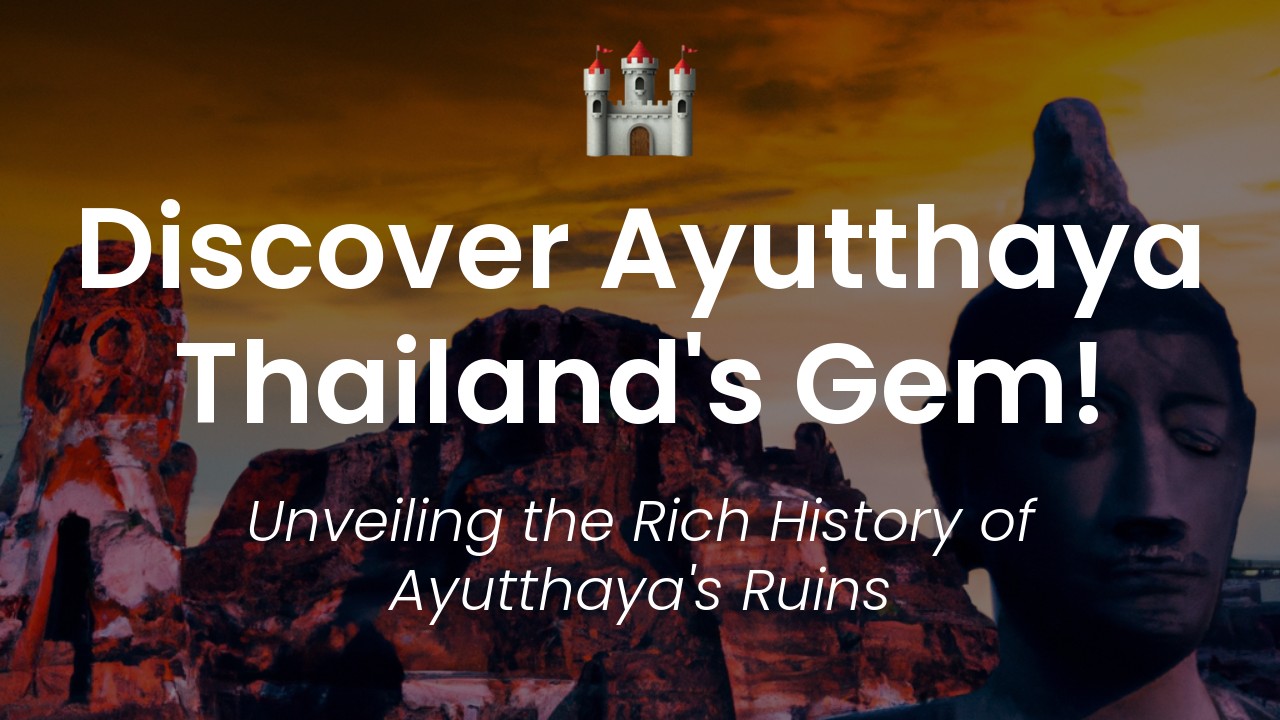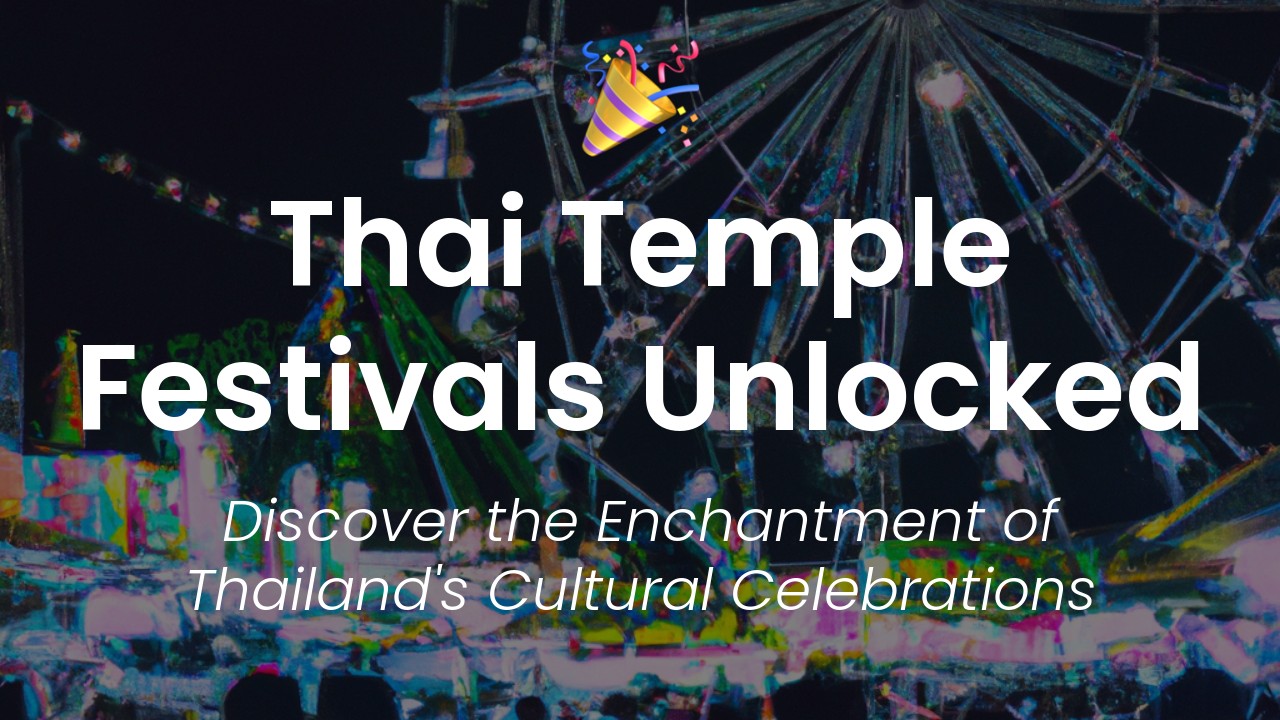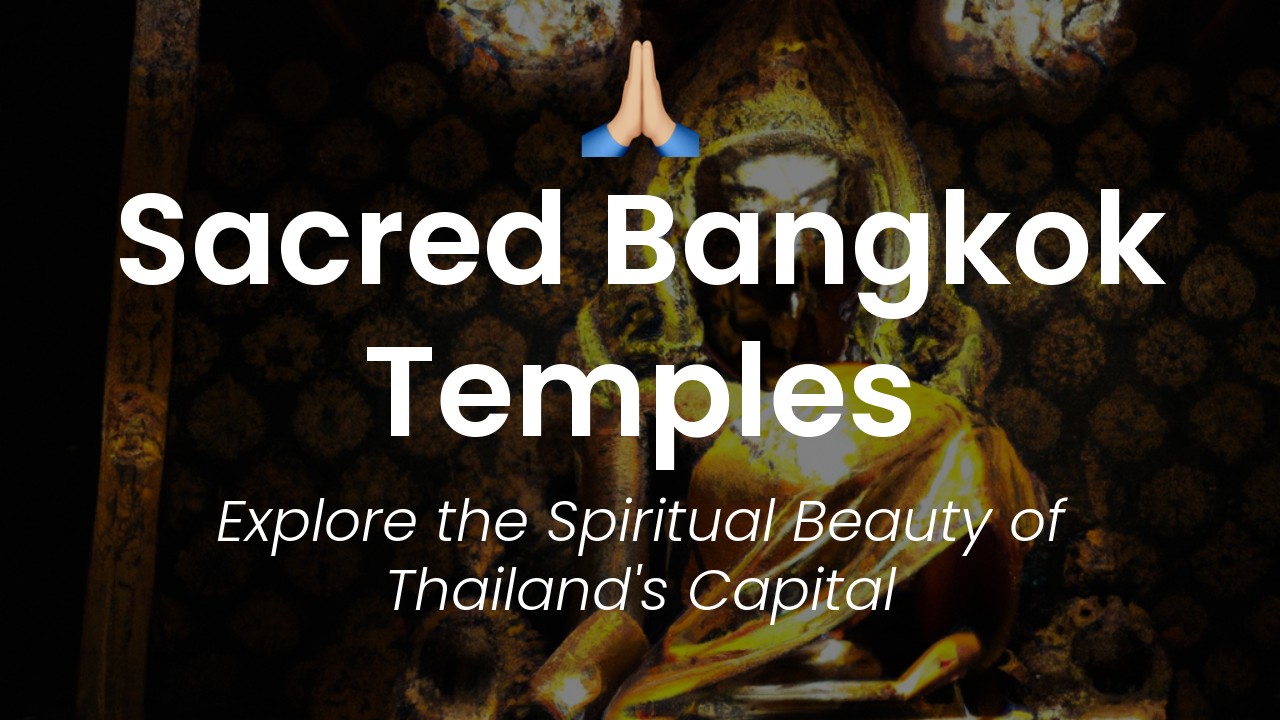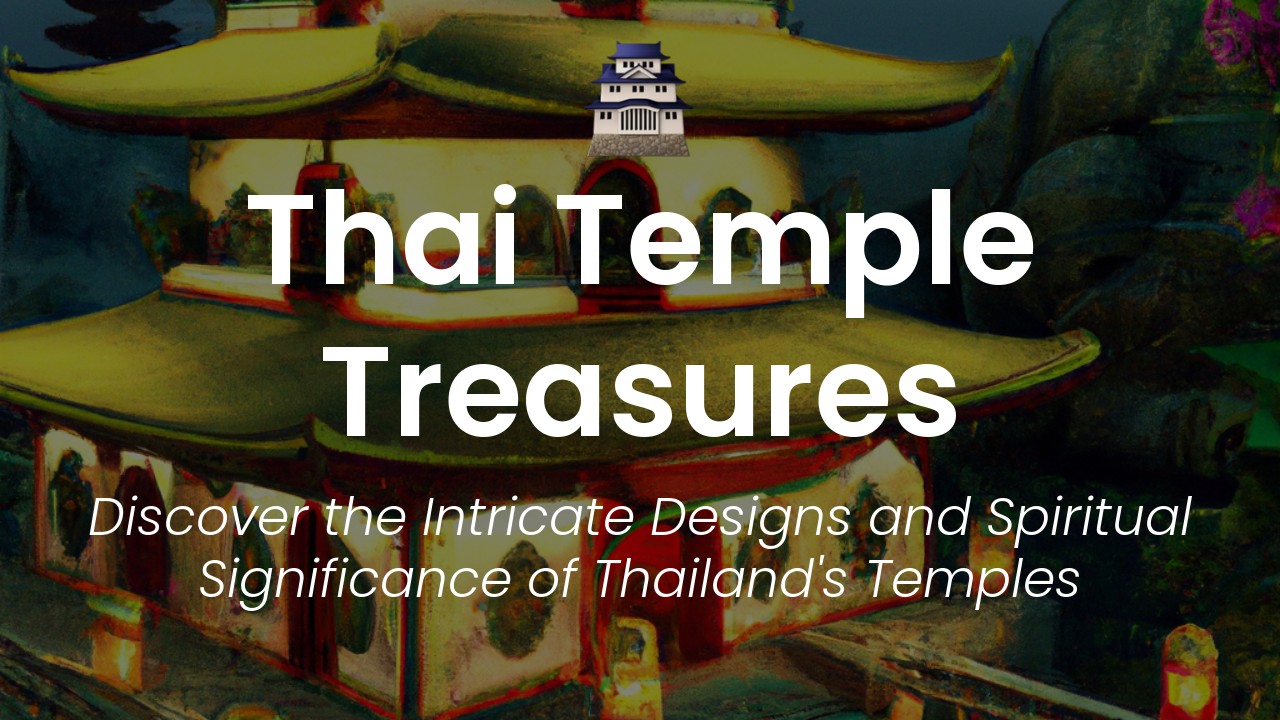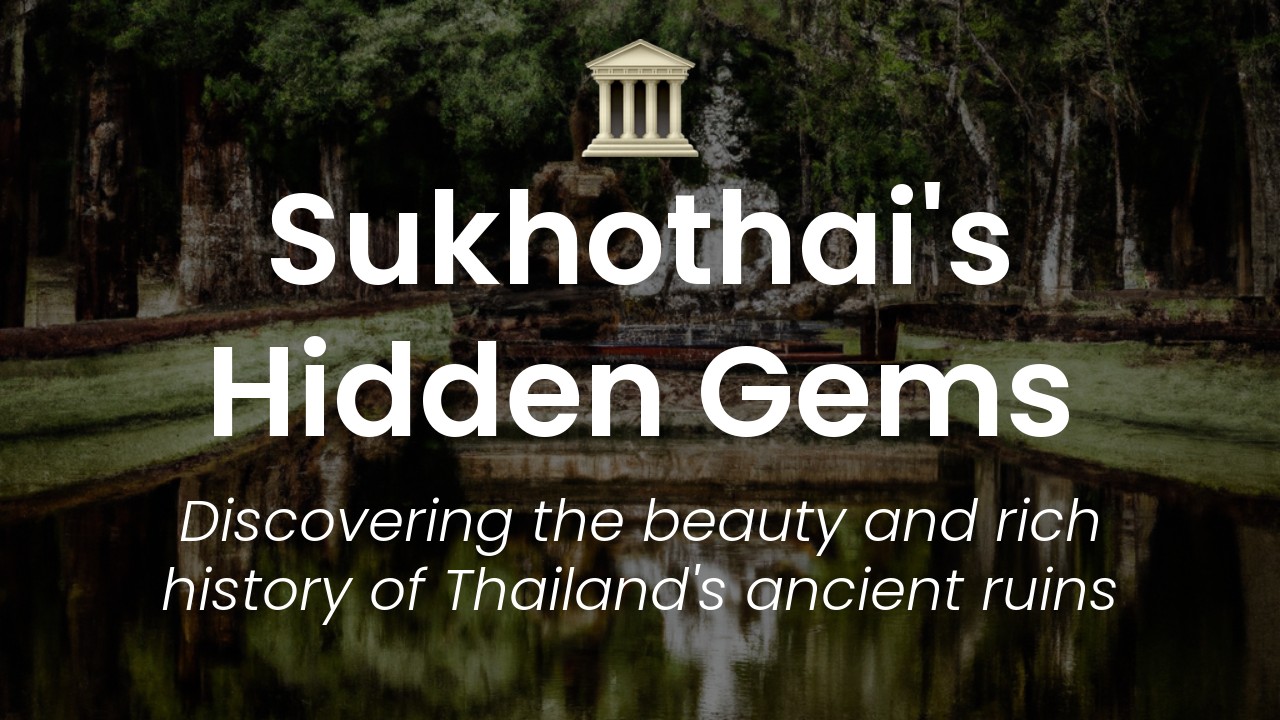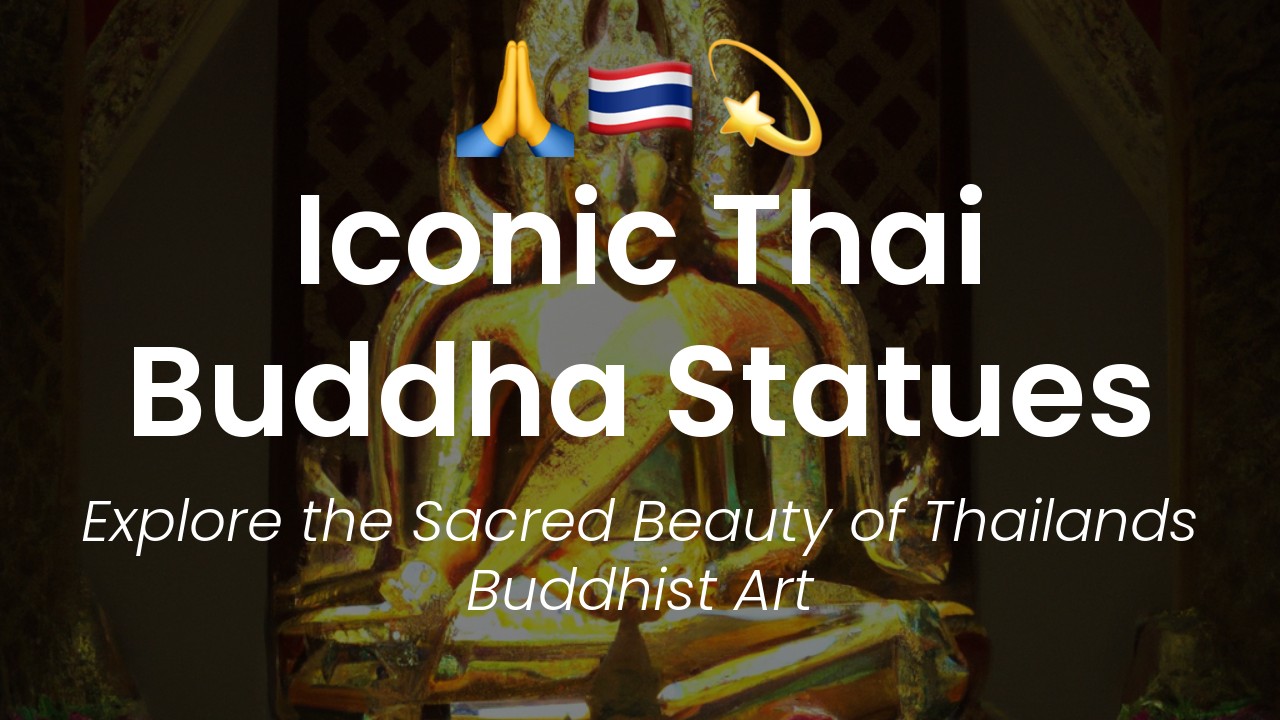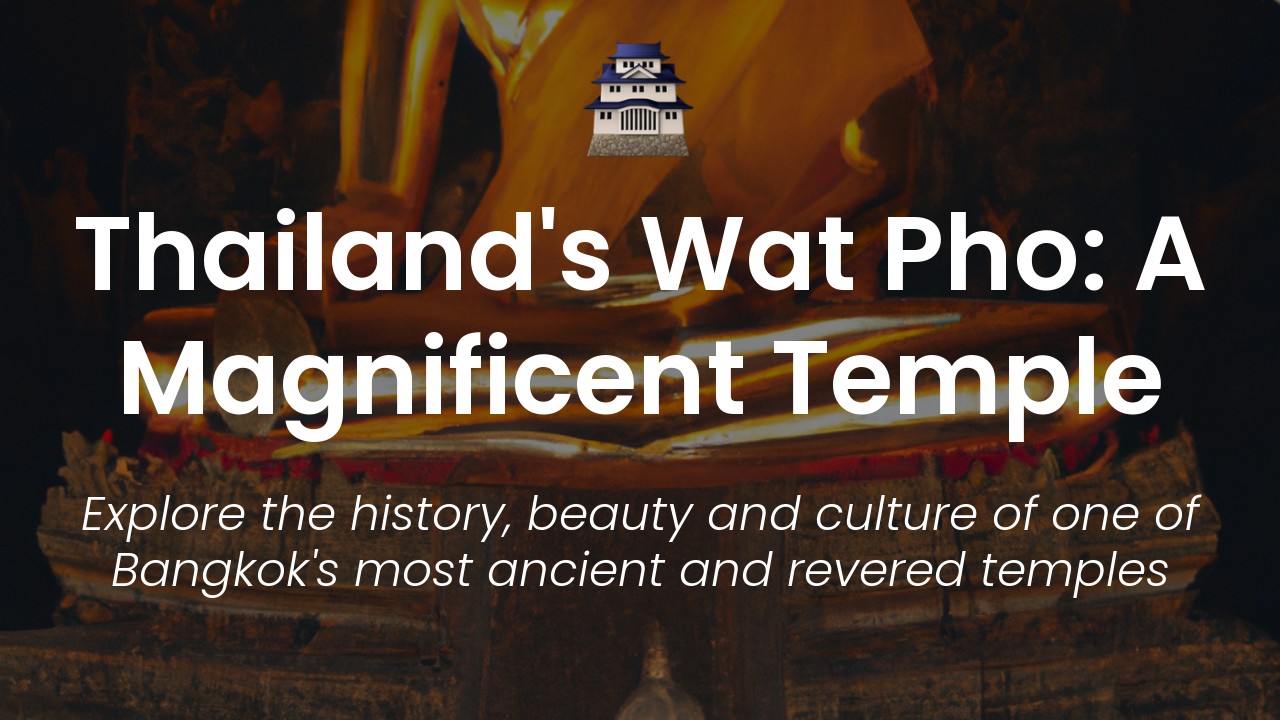Greetings, fellow travelers! As a proud Thai woman, one of my greatest passions is sharing the beauty and richness of my country's culture with those who visit our shores. This time, I would like to take you to one of the most fascinating destinations that Thailand has to offer: the Ayutthaya Historical Park.
Located only an hour's drive from Bangkok, Ayutthaya was founded in the 14th century and remained the capital of the Kingdom of Siam until it was sacked by the Burmese in 1767. Today, the ruins of this once-great city have been transformed into the Ayutthaya Historical Park, where visitors can explore the remains of ancient temples, palaces, and monasteries.
Whenever I visit Ayutthaya, I can't help but feel like I am walking through a living, breathing history book. The park is a true gem of Thai culture, and it is one of the most important historical sites in the country. The temples and other structures found on the grounds of Ayutthaya's Historical Park showcase the unique blend of Indian, Khmer, and Mon architectural styles, which are an integral part of Thai culture.
Join me on this journey, as I take you on a tour of the Ayutthaya Historical Park and reveal some of the secrets of this UNESCO World Heritage Site. From the stunning temples to the lesser-known hidden gems, we will unlock the mysteries of this cultural treasure, and discover just what makes it such an important part of Thai heritage. Let's go!
Rise and Fall of the Ayutthaya Kingdom
The Ayutthaya Historical Park is one of the most fascinating sites in Thailand, located in the northern part of Bangkok. As the former capital of the Ayutthaya Kingdom, it served as the center of political and cultural affairs in the country from the 14th to 18th century. With numerous archaeological and architectural remnants, Ayutthaya Historical Park offers a window into the rich cultural heritage and history of Thailand.
The Ayutthaya Kingdom, known as Siam at the time, was established in 1350 by King U-Thong. At its peak, the kingdom was a major regional power that extended its control over much of the Indochinese Peninsula, Laos, and Burma. The kingdom's prosperity was built on a thriving economy driven by trade, agriculture, and craftsmanship. The Ayutthayan rulers were also renowned for their patronage of Buddhism, which resulted in the construction of many temples and monuments throughout the kingdom.
However, the prosperity and power of the Ayutthaya Kingdom were not lasting. In the late 18th century, the kingdom was weakened by internal conflicts and invasion from neighboring Burma. The Burmese army sacked Ayutthaya in 1767, causing widespread destruction and loss of life. The Ayutthayan royal family fled the city, and the kingdom was in disarray.
The fall of Ayutthaya marked the end of an era in Thai history. The kingdom was fragmented, and it was not until almost a century later that Thailand regained its independence and established its modern-day borders.
Buddhist Temples and Monuments
Despite the destruction and chaos that the Burmese invasion caused, Ayutthaya still has many magnificent temples and monuments that survived the attack. These sites offer visitors a glimpse into the distinctive architectural style and religious practices of the Ayutthayan period.
One of the most visited temples in Ayutthaya is Wat Mahathat, famous for its Buddha head entwined by a fig tree. The temple was built during the 14th century and served as the center of Buddhism in Ayutthaya. The temple complex includes a 50-meter-high central prang (a type of Khmer-style tower), several smaller chedis (stupas), and numerous Buddha statues.
Another temple worth visiting is Wat Phra Si Sanphet, which was the most important temple during the Ayutthaya Kingdom. It served as the royal chapel and housed the most revered Buddha image in the kingdom. The temple's central tower, the largest of the three, was built in the Khmer style and is surrounded by two smaller chedis.
Other notable temples that are worth a visit include Wat Yai Chai Mongkhon, Wat Lokayasutha, Wat Chaiwatthanaram, and Wat Suwan Dararam. These temples feature unique architectural styles and are steeped in history and legend, making them an exceptional attraction for visitors to Ayutthaya Historical Park.
Unique Thai Style Architecture
Ayutthayan architecture is a blend of Khmer, Sukhothai, and Lanna styles with its distinctive touches. The most apparent example is the temple's towers, which feature a Cambodian influence. The Khmer-style prangs, or towers, are meant to signify Mount Meru, the center of the Buddhist universe, and are a defining feature of Ayutthayan temples.
On the other hand, the Sukhothai-style chedis, or stupas, are also prevalent in Ayutthaya architecture. These bell-shaped structures represent the Buddha's teachings and the path to enlightenment. The chedis are adorned with intricate carvings and statues that depict scenes from the Buddha's life.
Beside the Khmer and Sukhothai styles, the Lanna-style teak wood structures are also seen in some Ayutthayan temples. The wooden structures offer a serene ambiance and reflect the northern Thai architectural style, which emphasizes simplicity and practicality.
The unique blend of architectural styles makes Ayutthaya Historical Park a distinctive cultural gem of Thailand. The park's buildings and monuments are not only beautiful but also offer insights into Thai Buddhism and traditional architecture. Visiting Ayutthaya Historical Park is a must for anyone who wants to delve into Thai culture and history.
Annual Festivals and Ceremonies
Besides the temples and monuments, Ayutthaya Historical Park hosts numerous annual festivals and ceremonies, many of which are rooted in ancient Ayutthayan tradition.
One such festival is the Bang Sai Arts and Crafts Fair, held every year in the park's Bang Sai district. The fair showcases traditional Ayutthayan crafts such as pottery, weaving, and wood carving. Visitors can take part in workshops and demonstrations, sample local cuisine, and enjoy cultural performances during the fair.
Another popular event is the Ayutthaya World Heritage Celebration, held annually to commemorate the park's inscription as a UNESCO World Heritage Site in 1991. The celebration features traditional dances, music performances, and a vintage car parade, among other activities.
Finally, the Loi Krathong Festival is celebrated in Ayutthaya, which is famous for its spectacular fireworks displays and traditional floating lantern releases. The festival takes place on the full moon night in November, and many visitors come to Ayutthaya to experience the magical atmosphere of the event.
Exploring the Park and Nearby Attractions
Ayutthaya Historical Park is vast and covers an area of over 290 hectares. The park features several zones, differentiated by geography and type of attraction. The temples and monuments are located in the central area, while the Bang Sai Arts and Crafts Fair is in the peripheral area.
The most practical way to explore the park is to rent a bicycle or scooter. Bicycles can be rented for as little as 50 baht per day, while scooters are approximately 200-300 baht per day. Guided tours are also available for those who prefer to explore the park with a knowledgeable guide.
In addition to the Ayutthaya Historical Park, there are other nearby attractions that visitors can explore. One of these is the Bang Pa-In Palace, a picturesque palace complex that was built in the Ayutthaya period and later restored by King Chulalongkorn in the 19th century. The palace features a blend of Thai, Chinese, and European architectural styles and is located 20 km away from the Ayutthaya Historical Park.
Another nearby attraction is the Elephantstay, an elephant sanctuary that allows visitors to spend time with these gentle giants and learn about elephant conservation. Visitors can bathe, feed, and interact with the elephants and even stay overnight in traditional teakwood houses.
Conclusion
Ayutthaya Historical Park, with its Buddhist temples, monuments, and unique architectural style, is a cultural gem of Thailand. Visitors to the park can immerse themselves in the rich cultural heritage of the Ayutthayan period, which is reflected in the park's buildings, festivals, and traditions. The park's diversity and size make it an ideal destination for all ages, and visitors can easily explore nearby attractions such as the Bang Pa-In Palace and Elephantstay. A visit to Ayutthaya Historical Park is a must for anyone who wants to experience the magic of Thailand's historical and cultural legacy.

